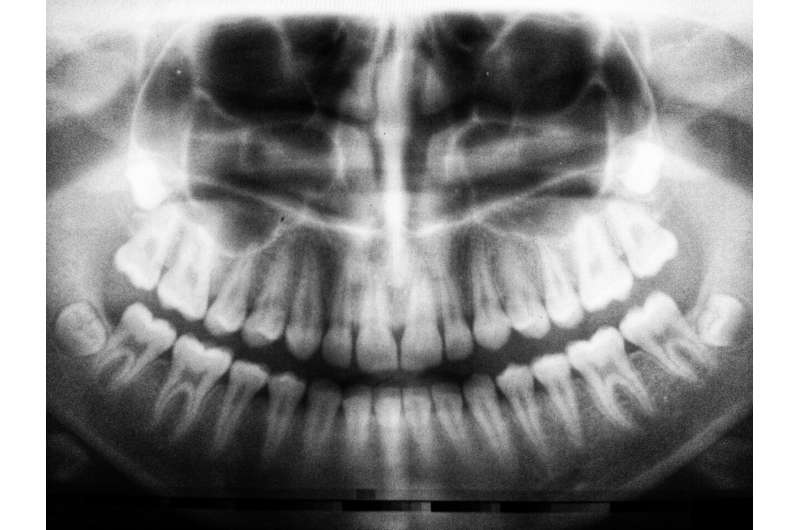This article has been reviewed according to Science X's editorial process and policies. Editors have highlighted the following attributes while ensuring the content's credibility:
fact-checked
trusted source
proofread
Breakthrough X-ray technology goes from concept to medical standard

Detecting a deadly tumor as early as possible is vital to stopping its spread. However, creating the solution doesn't necessarily solve the problem—it needs to be widely adopted by medical professionals. That's why standards like the new IEC 62220-2-1: 2023 Medical electrical equipment—Characteristics of digital X-ray imaging devices are so important.
Developed by an international scientific team led by the University of Waterloo's Karim S. Karim, associate vice-president of Commercialization and Entrepreneurship, this new standard for X-ray technology allows medical professionals to see more deeply and clearly than what they can see using traditional X-ray machines.
Based on new radiographic imaging technology pioneered at Waterloo, Karim created a portable, dual-energy X-ray screen that can be fitted to traditional X-ray machines, allowing them to discern between soft tissue and bone—something that, up until now, only a CT scan could do.
Now commercialized through Karim's start-up company KA Imaging, this device enables early detection and treatment of disease and at a lower cost.
Standards allow for conformity in products. USB ports, for example, are standardized across devices globally. Product conformity benefits both manufacturers and customers. In the medical device industry, technicians seek devices with standardized technology to ensure they are using a trusted, quality product.
At the same time, engineers creating new devices seek standardization to increase consumer acceptance and to support the commercialization of their products. Despite the benefits of standardization, the process of creating a standard is often lengthy and complex.
"Developing a standard is in part a political exercise in democracy," Karim says. "In order to have a technology standardized, you need to get the majority of the world to agree to it."
The International Electrical Commission (IEC) sets standards for medical devices globally. To obtain the standard for the medical device, Karim collaborated with both the IEC and the Standards Council of Canada through its Innovation Initiative. His first step was to have his project team send a notice detailing the proposed standard to representatives in 150 countries, seeking their feedback. The team received unanimous approval from the 28 countries that responded.
Next, he led an international working group of technical experts from industry and academia in negotiating the technical specifications that would comprise the standard. For the standard to be approved, acceptance was required from two-thirds of the working group members. After almost three years of meetings and multiple rounds of negotiation, Karim and his team were able to attain unanimous approval.
"Now that the dual-energy X-ray device and the standard for it are complete, we need to raise awareness about them," Karim explains. "Doing this will drive better health care outcomes globally and, ultimately, save human lives."




















